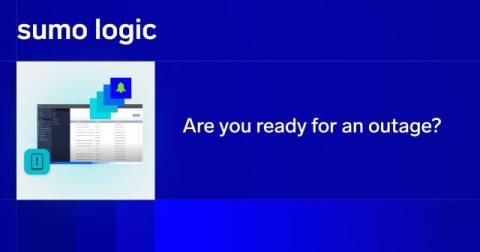Control and predict costs with Scan Budgets
Managing costs without sacrificing insights is essential for today’s data-driven teams. With Sumo Logic’s Scan Budgets, your organization can better control and predict costs by setting budget boundaries that align with the value of your insights. Get visibility into which queries and dashboards deliver the greatest impact for your business, so you can invest in the insights that matter most while also managing costs when setting up new searches or monitors.











